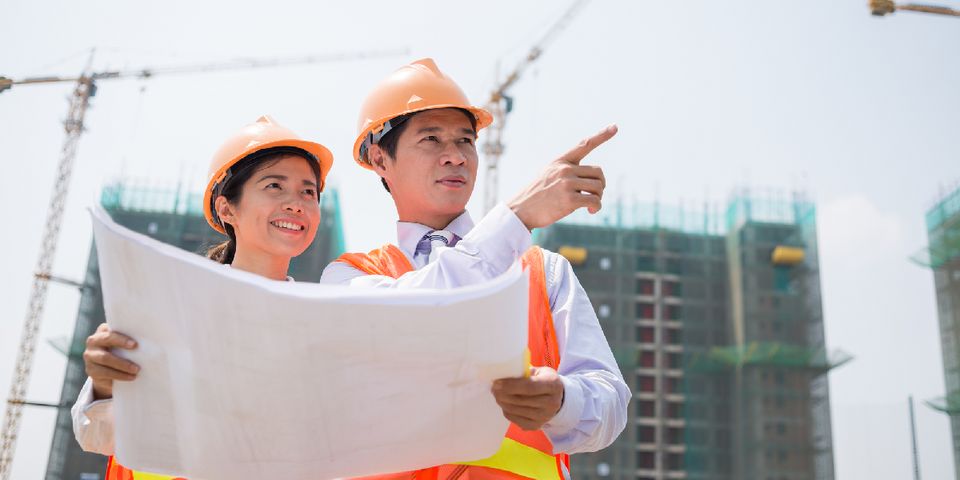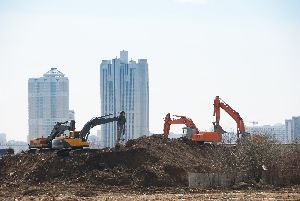
Site preparation helps lead to a successful commercial construction project. If you are currently planning for a large commercial building, learning about the process helps you know what to expect and why it is important. Here are the steps to ensure a well-designed property.
What Does Construction Site Preparation Include?
1. Site Survey
Prep starts with a land survey that provides a geotechnical report. Surveying involves identifying any excavation hazards, such as buried oil drums, and testing the land for stability. The ground must be able to accommodate the weight of a commercial building. It may require installing vertical drain lines that draw water from the soil to make it denser and firmer. This step also ensures correct zoning to avoid issues with boundary lines and neighbor disputes.
2. Plan Development
Site planning determines the building’s specific location in light of zoning laws, soil quality, and drainage capacity. Surveyors provide location information for utilities such as a septic tank or sewer line to ensure safe installation away from nearby waterways. Site plans also account for access routes to and from the construction location, as workers must easily operate heavy machinery and equipment to avoid safety issues.
3. Land Clearing

Clearing activities involve removing trees, shrubs, vegetation, underbrush, large boulders, and underground structures. It can also include removing foreign objects that interfere with the building project, such as abandoned vehicles and prior construction rubbish. Land clearing allows the contractors to determine what areas need grading for building a structure that will not experience drainage problems and water damage.
4. Grading & Compacting
In addition to grading the soil to slope away from the building site, the contractors might install drainage features that promote efficient water flow, such as French drains. These drains feature perforated pipes surrounded by rocks that slow erosion and allow water to flow into storm drains or pond-like drainage basins.
Soil compaction happens afterward to provide a solid foundation for construction. While all buildings settle naturally, those atop dry, dense soil avoid shifting issues that can cause large foundation cracks and structural instability. Because this process is technical, it requires professionals who are permitted to operate heavy machinery.
Streamline your commercial building project with services from Rojac Construction Inc. in Wailuku, HI. The locally owned civil engineering company’s central location makes it easy to serve all of Maui, with contractors providing grading, underground utility installation, and hauling, among other groundwork services. Call (808) 986-1105 today to get started or learn more about services online.
About the Business
Have a question? Ask the experts!
Send your question

